Service hotline
+86 0755-83975897
 en
en Release date:2025-02-24Author source:KinghelmViews:1575
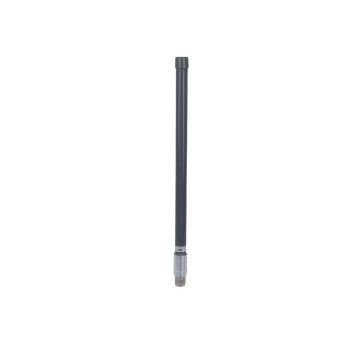
In the rapid development of communication technology, a type of antenna stands out for its unparalleled weather resistance and durability, becoming a pioneer at the forefront of communication—this is the fiberglass antenna. Safeguarding the flow and transmission of information, it has become an indispensable part of modern communication networks.
Fiberglass antennas mainly consist of two parts: the antenna body and the support structure. The antenna body includes the radiator, feed system, and matching circuit.
● Radiator: The radiator is a device that converts electrical energy into electromagnetic waves or vice versa. It typically consists of one or more metal rods that serve as the main body for transmitting or receiving signals.
● Feed System: The feed system transmits the signal output from the transmitter to the antenna for emission. It comprises components such as coaxial cables or balanced feeders.
● Matching Circuit: The matching circuit matches the signal output from the transmitter with the impedance of the antenna itself to enhance signal transmission efficiency.
Based on electromagnetic field induction and radiation. When electromagnetic waves (such as radio waves) pass through the fiberglass antenna, they generate electric and magnetic fields. The changes in these electric and magnetic fields lead to variations in charge distribution and current within the fiberglass antenna, further causing the antenna to emit or receive electromagnetic wave signals.
1. High precision, high efficiency, high gain
2. Corrosion resistance
3. Long lifespan
4. Reflective layer technology
5. Strong wind resistance
6. Easy to transport and install
● Lightweight: Due to the lightweight nature of fiberglass materials, fiberglass antennas are easy to install and maintain.
● High Strength: Fiberglass materials possess high strength, allowing them to withstand significant external loads.
● Corrosion Resistant: The excellent corrosion resistance of fiberglass materials enables long-term use in harsh environments.
1. Material Differences: Fiberglass antennas are made from fiberglass-reinforced plastic (FRP), while traditional antennas are typically made from metal materials, such as aluminum or copper.
2. Performance Differences: Fiberglass antennas exhibit good insulation properties, heat resistance, corrosion resistance, light weight, high strength, and ease of installation. In contrast, traditional antennas may not perform as well in receiving high-frequency and ultra-high-frequency signals and are more susceptible to oxidation and corrosion, requiring regular maintenance and replacement and typically needing to be fixed to a support structure.
3. Application Areas: Fiberglass antennas are suitable for broadcasting, television, radio communication, radar, navigation, measurement, and control. Traditional antennas are commonly used for smart TVs, internet TV, digital TV, and satellite TV.
With their resilient qualities and unmatched performance, fiberglass antennas continue to pave the way in the communications field, forging a smooth information highway for human communication and progress.
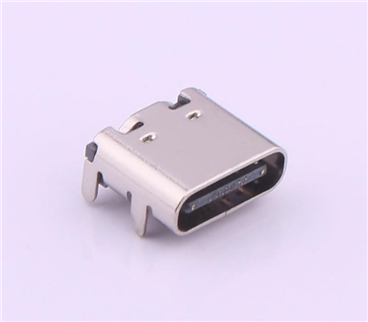
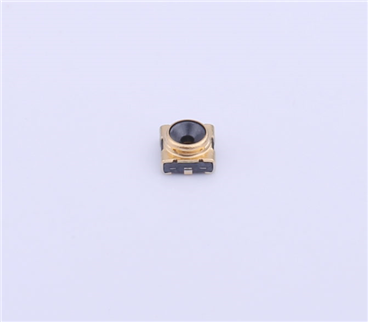
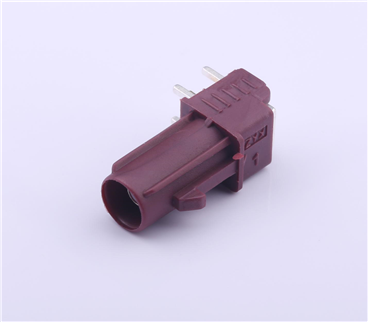
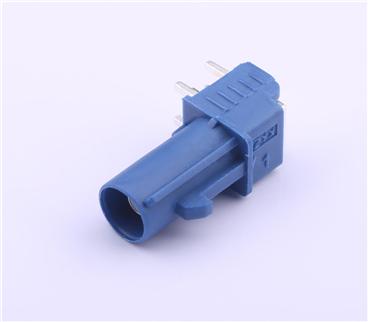
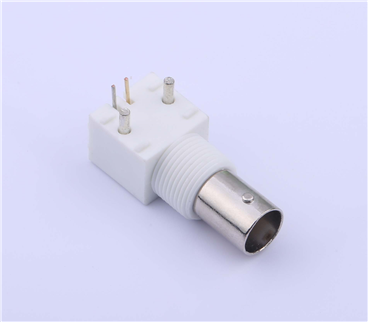
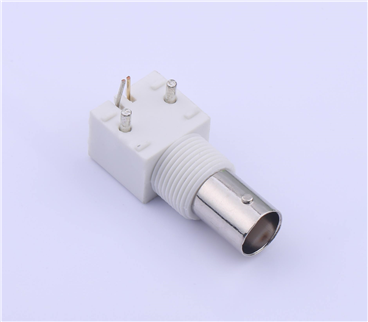
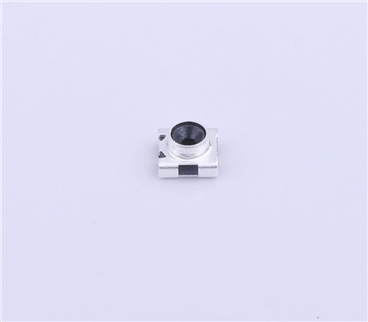
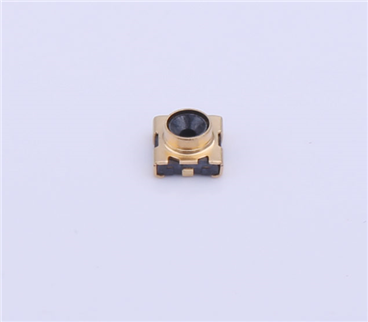
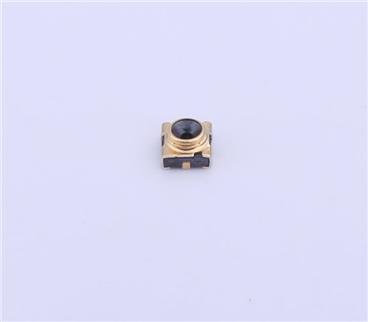
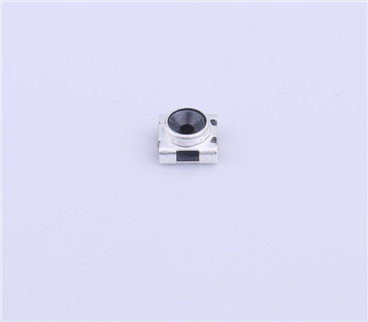
Copyright © Shenzhen Kinghelm Electronics Co., Ltd. all rights reservedYue ICP Bei No. 17113853
